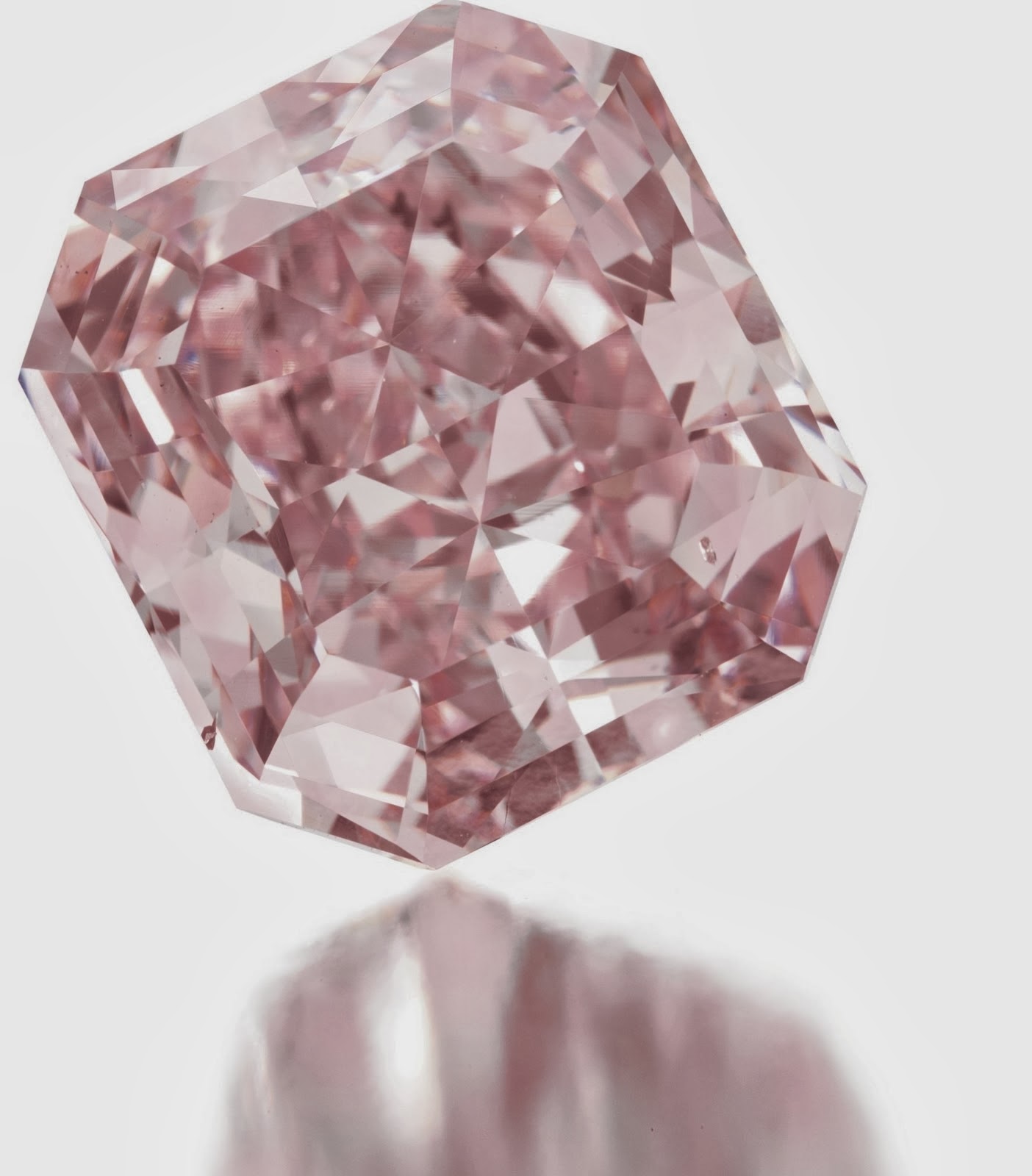ICE VII
"The waters are hid as with a stone, and the face of the deep is frozen.(Job 38:30)
Ice VII is a cubic crystalline form of ice. It can be formed from liquid water above 3 GPa by lowering its temperature to room temperature, or by decompressing (D2O) ice VI below 95 K. Ordinary water ice is known as ice Ih, (in the Bridgman nomenclature). Different types of ice, from ice II to ice XV, have been created in the laboratory at different temperatures and pressures. Ice VII is metastable over a wide range of temperatures and pressures and transforms into low density amorphous ice (LDA) above 120K. Ice VII has a triple point with liquid water and Ice VI at 355 K and 2.216 GPa, with the melt line extending to at least 715 K and 10 GPa. It can also be created by increasing the pressure on ice VI at ambient temperature.
Like the majority of ice phases (including ice Ih), the hydrogen atom positions are disordered.In addition, the oxygen atoms are disordered over multiple sites.The structure of ice VII comprises a hydrogen bond framework in the form of two interpenetrating (but non-bonded) sub-lattices.Hydrogen pass through the center of the water hexamers and thus do not connect the two lattices. Ice VII has a density of about 1.65 g cm-3 (at 2.5 GPa and 25°C), which is less than twice the cubic ice density as the intra-network O····O distances are 8% longer (at 0.1 MPa) to allow for interpenetration. The cubic unit cell has a side length of 3.3501 Å (for D2O, at 2.6 GPa and 22°C) and contains two water molecules.
Ice VII is the only disordered phase of ice that can be ordered by simple cooling, and it forms (ordered) ice VIII below 273 K up to ~ 8 GPa. Above this pressure, the VII-VIII transition temperature drops rapidly, reaching 0 K at ~60 GPa. Thus, ice VII has the largest stability field of all of the molecular phases of ice. The cubic oxygen sub-lattices that form the backbone of the ice VII structure persist to pressures of at least 128 GPa; this pressure is substantially higher than that at which water loses its molecular character entirely, forming ice X. In high pressure ices, protonic diffusion (movement of protons around the oxygen lattice) dominates molecular diffusion, an effect which has been measured directly.
Scientists hypothesize that Ice VII may comprise the ocean floor of Titan as well as extrasolar planets (such as Gliese 436 b and GJ 1214 b) that are largely made of water.



Comments
Post a Comment